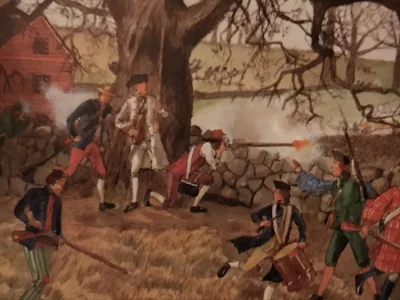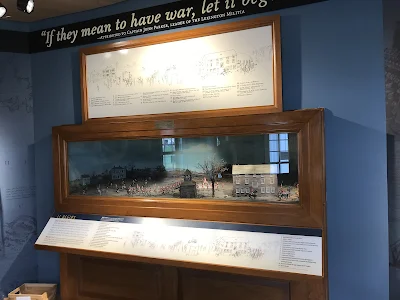Back in day (1972-76) I eagerly awaited the arrival in my local library of the latest edition of American Heritage. This was a hard bound magazine with always interesting articles on American History. I was esp impressed by a series on battles of the American Revolution that featured a battle painting of some incident during that action as well as a couple uniform figures. These were done by a new young artist named Don Troiani. Although familiar to most of us now, back then he was the new kid on the block. His style of painting was much different then today,; less realistic but with great charm. And the uniform details were amazing to someone just studying the period and learning about it. The battles he did were outstanding. I think Fort Griswold and White Plains were my favorite.
Interestingly through my friends in a reenactment group (the 43rd Regiment/2nd Pennsylvania regiment: Hello Tom and Mark Vogley!) I not only knew people who were models for his paintings but once quickly got to met him. Since then I have always had a affection for his early work much more then his newer more realistic work. So recently it was fun to find on the internet a bunch of his battle studies from these works. I am posting them here for mine and others enjoyment. Because they are displayed in the book the entire picture is divided by binding. Then I will be adding details from them.
Lexington and Concord
Fort Griswold:
Guilford Courthouse:
White Plains:
Brandywine















































.jpg)

